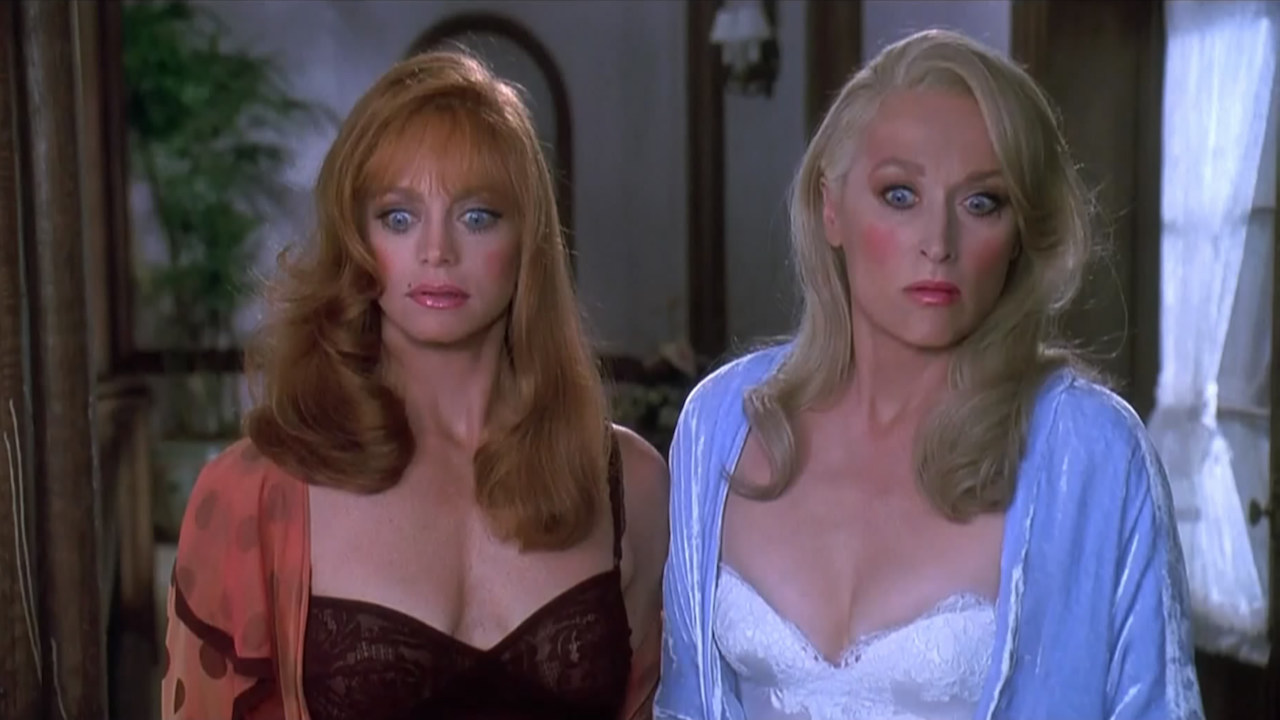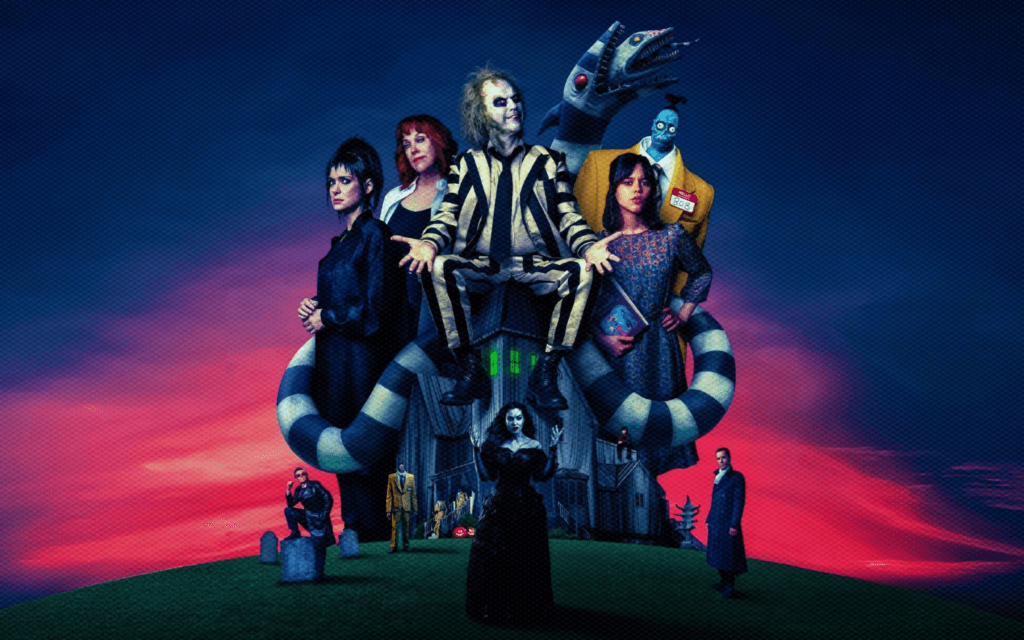In the film ‘Death Becomes Her,’ mortality and the quest for eternal youth intertwine to craft a narrative that blends comedy with darker themes. The story centers around two main characters, Madeline Ashton and Helen Sharp, both remarkably ambitious women whose rivalry escalates into a comical obsession with beauty and immortality. When Helen reenters the picture after a period of being overlooked and ghosted by her former lover, the dashing plastic surgeon, Ernest Menville, she discovers that Madeline has not only married him but also appears to be defying the aging process.
The absurd lengths that both women go to in order to secure their place in Ernest’s heart become a hallmark of the film’s humor. In a fit of jealousy and desperation, Helen turns to a mysterious potion that promises eternal youth, a decision that propels both characters into a tumultuous journey filled with dark comedy. This potion serves as a literal take on the quest for beauty and the lengths to which individuals will go to maintain their youthful appearance. The theme of immortality is explored hilariously yet eerily through the characters’ transformations as they grapple with the consequences of their choices.

‘Death Becomes Her’ deftly balances the absurdity of its premise with biting commentary on vanity, self-worth, and the fear of aging. The characters’ pursuit of immortality not only leads to exaggerated physical transformations but also encapsulates the bizarre moral dilemmas of valuing beauty over life itself. The film effectively invites viewers to ponder the implications of such desires, all while maintaining a comedic tone that both entertains and unnerves. Through this unique blend, ‘Death Becomes Her’ remains a distinct exploration of immortality, delivering laughs intertwined with a reflection on the human condition.
Character Shenanigans: A Journey through Witty Performances
In ‘Death Becomes Her’, the dynamic performances of Meryl Streep, Goldie Hawn, and Bruce Willis create a comedic landscape that is both absurd and entertaining. Meryl Streep, portraying the ambitious and increasingly self-absorbed Helen Sharp, brings a level of brilliance to her character that highlights Helen’s desperate quest for immortality and validation. Streep’s impeccable comedic timing shines through particularly during moments of exaggerated vanity, allowing audiences to appreciate the hilarity of Helen’s predicament as she navigates the bizarre consequences of her choices.
On the other hand, Goldie Hawn plays the role of Madeline Ashton, a glamorous actress striving to reclaim her status and youth. Hawn’s portrayal is characterized by a delightful mix of insecurity and arrogance, which leads to uproarious exchanges with Streep. The rivalry between Madeline and Helen is both poignant and absurd, serving as a catalyst for much of the film’s humor. Hawn’s ability to infuse vulnerability into her comedic moments fosters a relatable and engaging character that audiences cannot help but root for, despite her flaws.
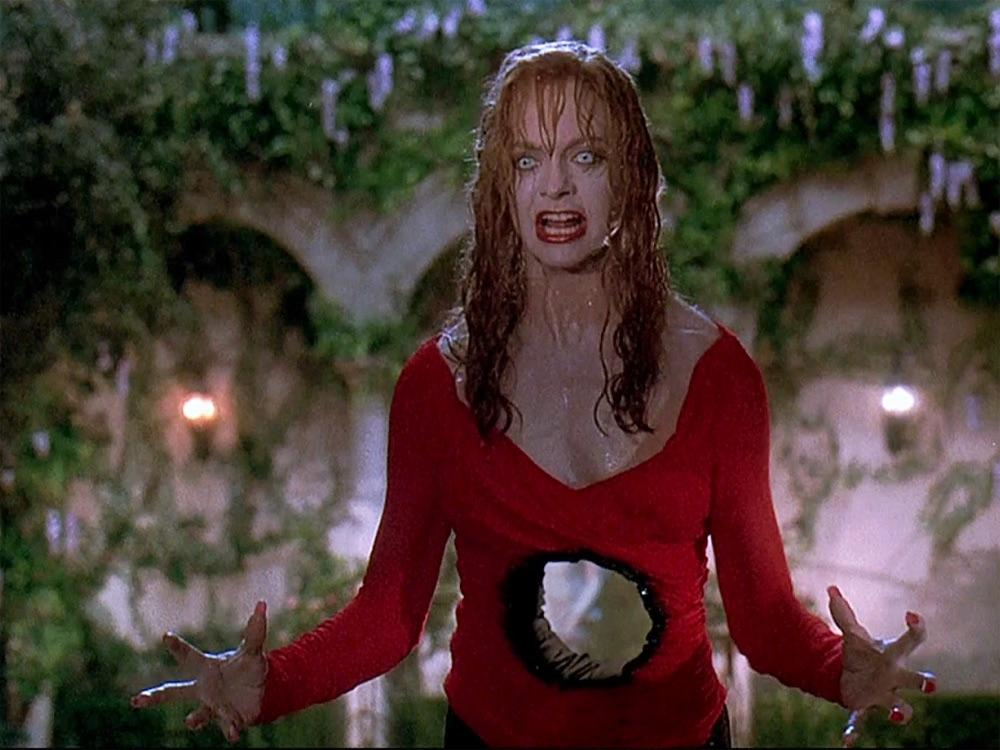
Bruce Willis, as the hapless husband Dr. Ernest Menville, brings an essential layer of confusion and disbelief to the narrative. His interactions with both women are rife with comedic tension, particularly when he finds himself caught in a whirlwind of their increasingly bizarre rivalry. Willis expertly balances humor and pathos, often serving as the straight man amidst the chaos that surrounds him. His reactions to the outlandish situations crafted by Streep and Hawn’s characters amplify the film’s absurdity, leading to laugh-out-loud moments that are unforgettable. Collectively, the shenanigans and rivalries between these three characters are what propel ‘Death Becomes Her’ into a realm of timeless comedy, captivating audiences with their unforgettable performances.
Visual Gags: The Art of Special Effects and Makeup
‘Death Becomes Her’ is often hailed as a landmark in the realm of fantasy comedies, mainly due to its innovative approach to special effects and makeup artistry. The film intricately weaves dark humor with surreal visuals, making the grotesque transformations of the characters central to its comedic narrative. Utilizing groundbreaking technologies for its time, the film eschews traditional effects in favor of more imaginative and unusual visual gags. These artistic choices not only enhance the storyline but also offer a rich commentary on vanity, mortality, and the pursuit of eternal youth.
The makeup transformations, particularly those experienced by the lead characters, Meryl Streep and Goldie Hawn, stand as iconic representations of visual innovation. The use of advanced animatronics and prosthetics allowed for jaw-dropping moments that mix horror with humor. For instance, the scene where the characters suffer extreme physical deformities showcases not just the technical skill of the makeup artists but also the film’s thematic depth. These grotesque alterations serve as a satirical exploration of societal standards of beauty, presenting it in an exaggerated, almost absurd light.
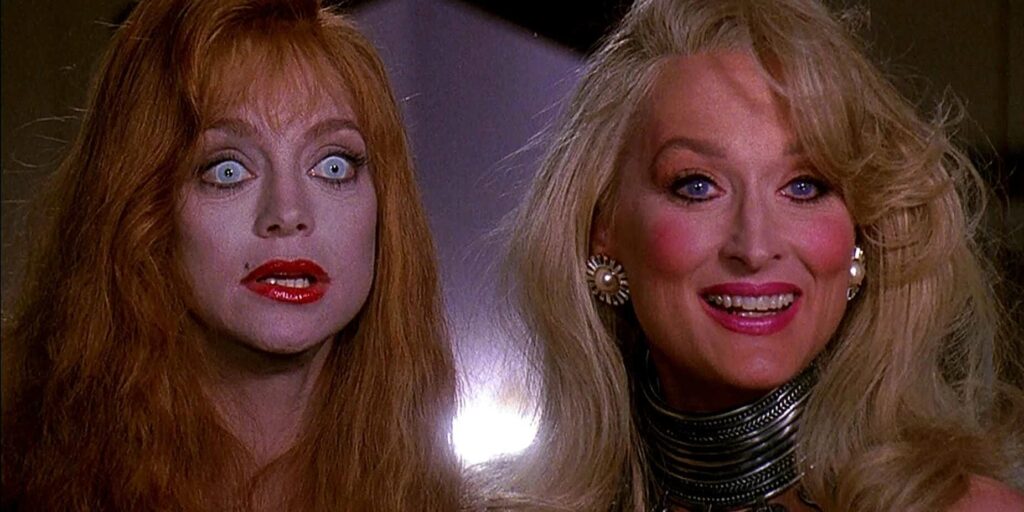
Additionally, the clever use of visual gags, such as characters reattaching their heads or exhibiting absurd body movements, allows for humor to emerge from shocking situations. This mixture of dark comedic elements with startling visuals creates a unique viewing experience that is hard to forget. The film’s brilliance lies in its ability to utilize special effects to tell a story that is as much about the absurdities of life as it is about death. In comparison to other films in the genre, ‘Death Becomes Her’ exemplifies how creative special effects can elevate the overall narrative and contribute significantly to the comedic tone.
Legacy of Laughter: Cultural Impact and Reception
‘Death Becomes Her,’ released in 1992, has cemented its place in film history as a profound examination of beauty, vanity, and the consequences of immortality. Upon its release, the film garnered mixed reviews from critics, yet it quickly developed a loyal following, establishing itself as a cult classic. This transformation can be attributed to its unique narrative, striking visual effects, and a stellar cast featuring Meryl Streep, Goldie Hawn, and Bruce Willis. The film’s dark humor and satirical take on the obsession with youth and perfection resonated with audiences and contributed to its enduring appeal.
Over the years, ‘Death Becomes Her’ has permeated popular culture through references in various media, including television shows, fashion, and social commentary. Its iconic scenes and memorable quotes have become a part of the cinematic lexicon, often referenced in discussions surrounding beauty standards and societal expectations. The film’s blend of comedy and horror has influenced a range of subsequent works, leading filmmakers and writers to draw parallels between humor and mortality in their narratives.
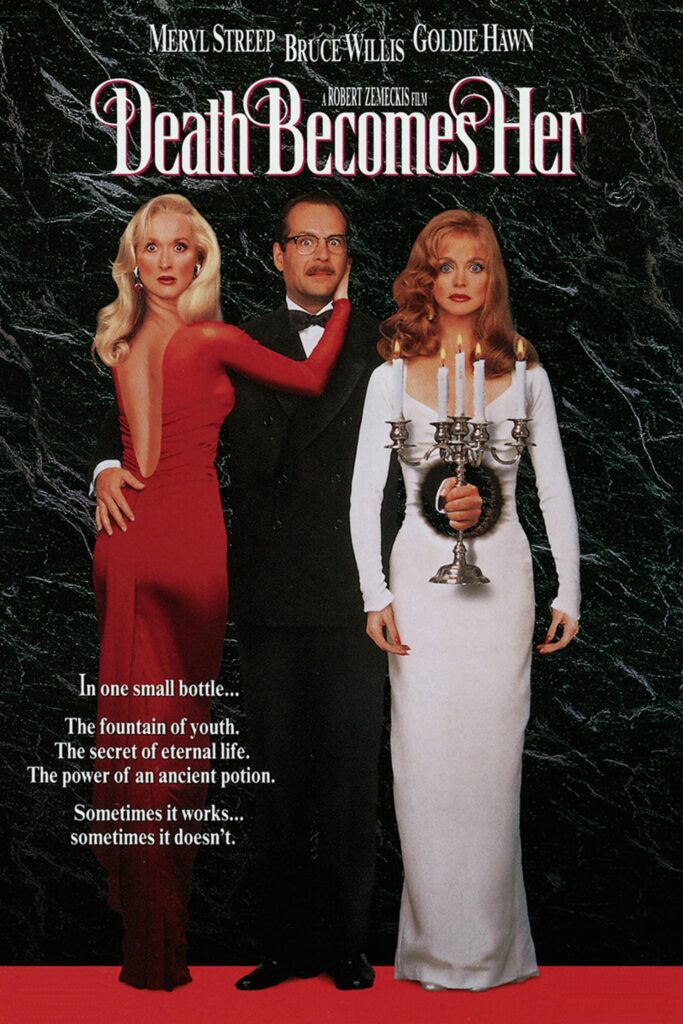
In contemporary discussions, ‘Death Becomes Her’ remains relevant as audiences explore themes of aging, self-image, and the fleeting nature of life. The film’s witty humor serves as a reminder that the pursuit of eternal beauty often leads to absurd consequences. Moreover, it challenges societal norms surrounding aging by illustrating the lengths to which individuals may go to maintain their youth. Through its stark yet humorous approach, ‘Death Becomes Her’ invites viewers to reflect on the societal pressures that shape perceptions of beauty and encourages a more profound dialogue about authenticity and self-acceptance. Its legacy endures as a powerful commentary on the human condition, ensuring that it remains a significant cultural touchstone in the realm of film.
